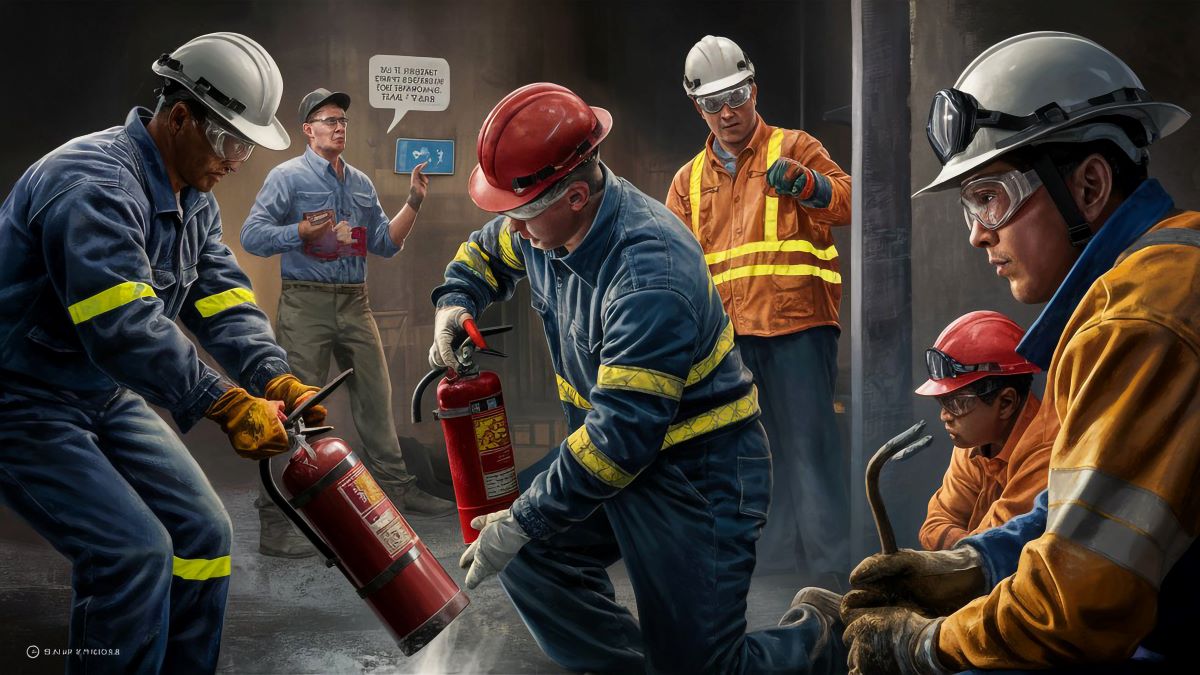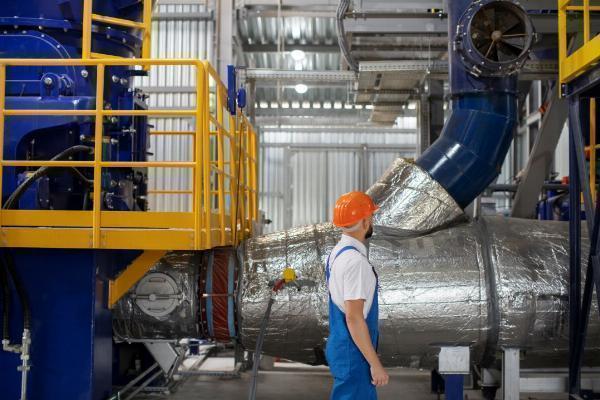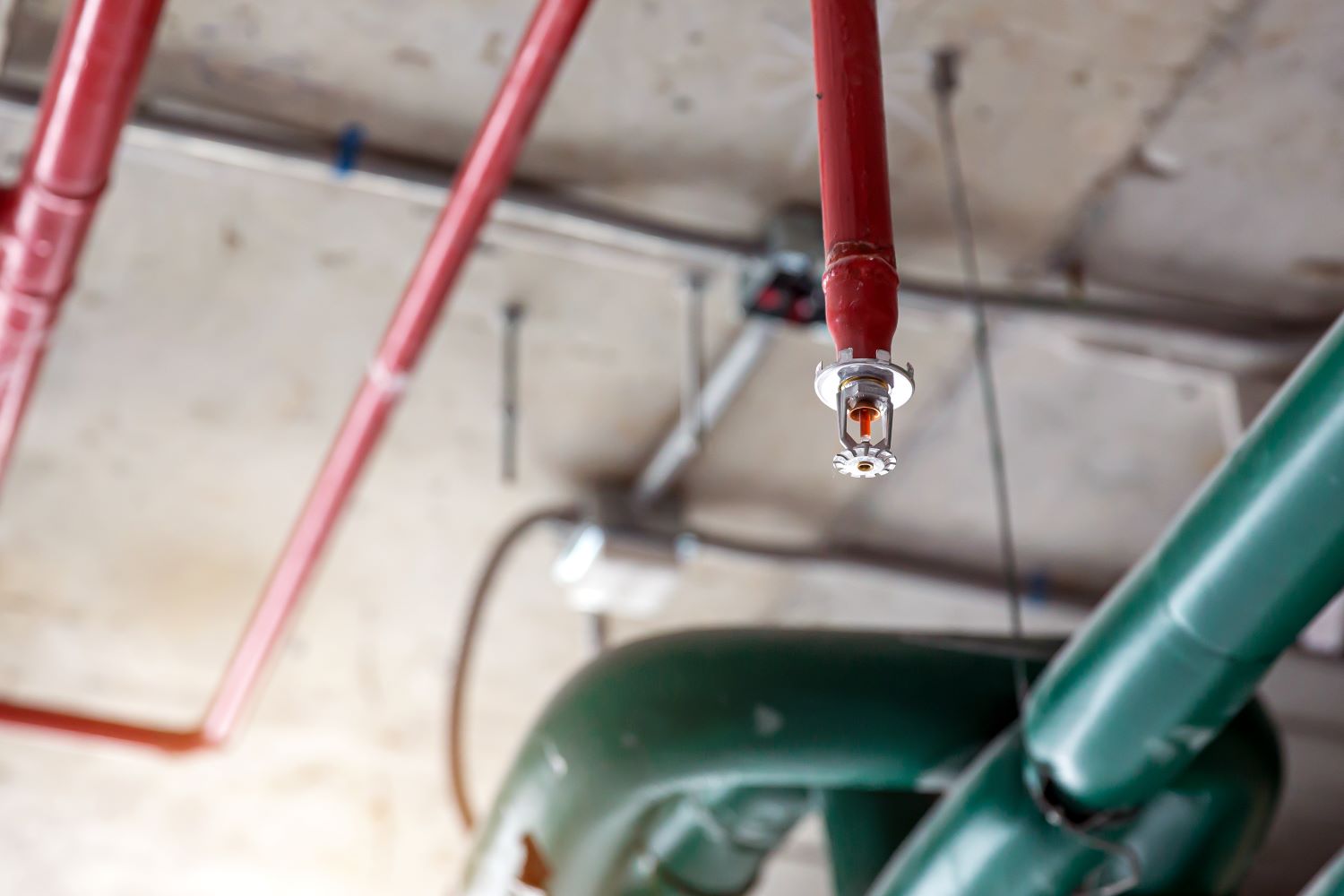 Core Web Vitals Boost – Speed Up Your Site & Your SEO!
Core Web Vitals Boost – Speed Up Your Site & Your SEO!
The Role of Hydrant Fire Fighting Systems in Emergency Preparedness
Written by Elixir Engineering » Updated on: June 17th, 2025


In today's world, ensuring safety and preparedness during fire emergencies is critical. Among the many tools and systems designed to combat fires, the hydrant fire fighting system stands out as an essential component for safeguarding lives and property. This blog will explore the vital role of hydrant fire fighting systems in emergency preparedness, their components, benefits, and why maintaining them is crucial for effective fire safety.
What is a Hydrant Fire Fighting System?
A hydrant fire fighting system is an efficient and widely used fire protection setup that supplies water to extinguish fires. It consists of a network of pipes, hydrants, valves, and pumps designed to deliver high-pressure water to combat fires in residential, commercial, and industrial buildings. These systems are crucial in handling large-scale fire outbreaks, providing fire teams with immediate access to a reliable water source.
Key Components of a Hydrant Fire Fighting System
A well-designed hydrant system includes the following critical components:
1. Fire Hydrants
These are the outlets where firefighters connect hoses to access pressurized water. Fire hydrants are usually located outside buildings and strategically positioned for easy access.
2. Piping Network
The underground or above-ground pipes form the backbone of the system, distributing water to different areas where hydrants are installed.
3. Pumps and Water Storage
Pumps ensure adequate water pressure, while storage tanks guarantee a continuous water supply, even during emergencies.
4. Valves
Valves regulate water flow, allowing operators to control the system during maintenance or emergencies effectively.
5. Hose Reels and Nozzles
Hose reels provide a quick connection to the water source, while nozzles enable controlled water discharge for targeted fire extinguishing.
How Hydrant Fire Fighting Systems Aid in Emergency Preparedness
Hydrant fire fighting systems are indispensable for emergency preparedness for several reasons:
1. Immediate Access to Water
During a fire outbreak, time is of the essence. Hydrant systems offer instant access to water, reducing delays in fire suppression efforts.
2. Large-Scale Fire Management
Unlike smaller fire extinguishers, hydrant systems are designed to combat large-scale fires effectively, protecting extensive areas.
3. Support for Firefighters
Firefighters rely on hydrants to connect their equipment and deliver high-pressure water to the fire site. This makes hydrant systems an essential tool for professional fire services.
4. Versatility
These systems can be customized to suit different building sizes and types, making them suitable for residential complexes, commercial facilities, and industrial plants.
5. Compliance with Safety Regulations
Installing a hydrant fire fighting system helps businesses meet legal and safety requirements, ensuring a safe environment for occupants.
Benefits of Hydrant Fire Fighting Systems
1. Enhanced Safety
These systems provide robust fire protection, reducing risks to lives and property.
2. Reliable Water Supply
With dedicated water storage and pressurization, hydrant systems ensure an uninterrupted water flow during emergencies.
3. Cost-Effective Solution
While the initial investment might seem high, the long-term benefits in terms of safety and reduced damage outweigh the costs.
4. Wide Coverage
A well-installed hydrant system covers a large area, ensuring every corner of the building is protected.
5. Increased Property Value
Properties with hydrant systems often have a higher market value due to enhanced safety features.
Steps for Installing a Hydrant Fire Fighting System
Proper installation is key to ensuring the efficiency of a hydrant fire fighting system. Below are the general steps involved:
1. Site Survey and Planning
Experts conduct a detailed survey of the building layout to design a system that covers all potential fire hazards.
2. System Design
Engineers create a blueprint specifying the placement of hydrants, piping, and other components for optimal performance.
3. Material Selection
High-quality materials are chosen to ensure durability and reliability under high-pressure conditions.
4. Installation
Skilled professionals install the system components, including pipes, hydrants, pumps, and valves, as per the design.
5. Testing and Commissioning
The system undergoes rigorous testing to verify its functionality and compliance with fire safety standards.
6. Handover and Training
After installation, operators are trained on using and maintaining the system effectively.
Importance of Regular Maintenance
Even the best-installed hydrant fire fighting system can fail if not properly maintained. Regular checks and servicing are vital for ensuring the system remains operational during emergencies. Key maintenance tasks include:
• Inspecting hydrants for wear and tear.
• Testing water pressure and flow rate.
• Cleaning and flushing the piping network.
• Checking valves, pumps, and other components for proper functioning.
• Replacing faulty or outdated parts.
Choosing the Right Hydrant Fire Fighting System
When selecting a hydrant fire fighting system, consider the following factors:
1. Building Type and Size
The system should be designed to suit the specific needs of your building, whether residential, commercial, or industrial.
2. Local Fire Safety Regulations
Ensure the system complies with regional fire safety laws and standards.
3. Quality of Components
Use high-quality materials to guarantee durability and reliability.
4. Expert Installation
Choose a professional fire safety company with experience in hydrant system installation.
5. Budget
While cost is a factor, prioritize safety and quality over savings.
Why Work with Experts for Hydrant Fire Fighting System Installation?
Partnering with experienced professionals, like Elixir Engineering, ensures your hydrant system is designed and installed to the highest standards. Their expertise in fire safety systems guarantees a seamless process, from planning to commissioning.
Elixir Engineering offers comprehensive services, including system design, installation, and maintenance, to keep your property fire-ready. Their commitment to quality and compliance makes them a trusted name in fire safety solutions.
Final Thoughts
A hydrant fire fighting system is a cornerstone of any comprehensive fire safety strategy. By providing immediate access to water and supporting firefighting efforts, these systems play a critical role in emergency preparedness. Regular maintenance, expert installation, and adherence to safety standards ensure their effectiveness in safeguarding lives and property.
Investing in a hydrant fire fighting system is more than a regulatory requirement—it’s a commitment to safety and preparedness. Choose a trusted partner like Elixir Engineering to ensure your system is reliable, efficient, and always ready to protect.
Note: IndiBlogHub features both user-submitted and editorial content. We do not verify third-party contributions. Read our Disclaimer and Privacy Policyfor details.
Copyright © 2019-2025 IndiBlogHub.com. All rights reserved. Hosted on DigitalOcean for fast, reliable performance.
















